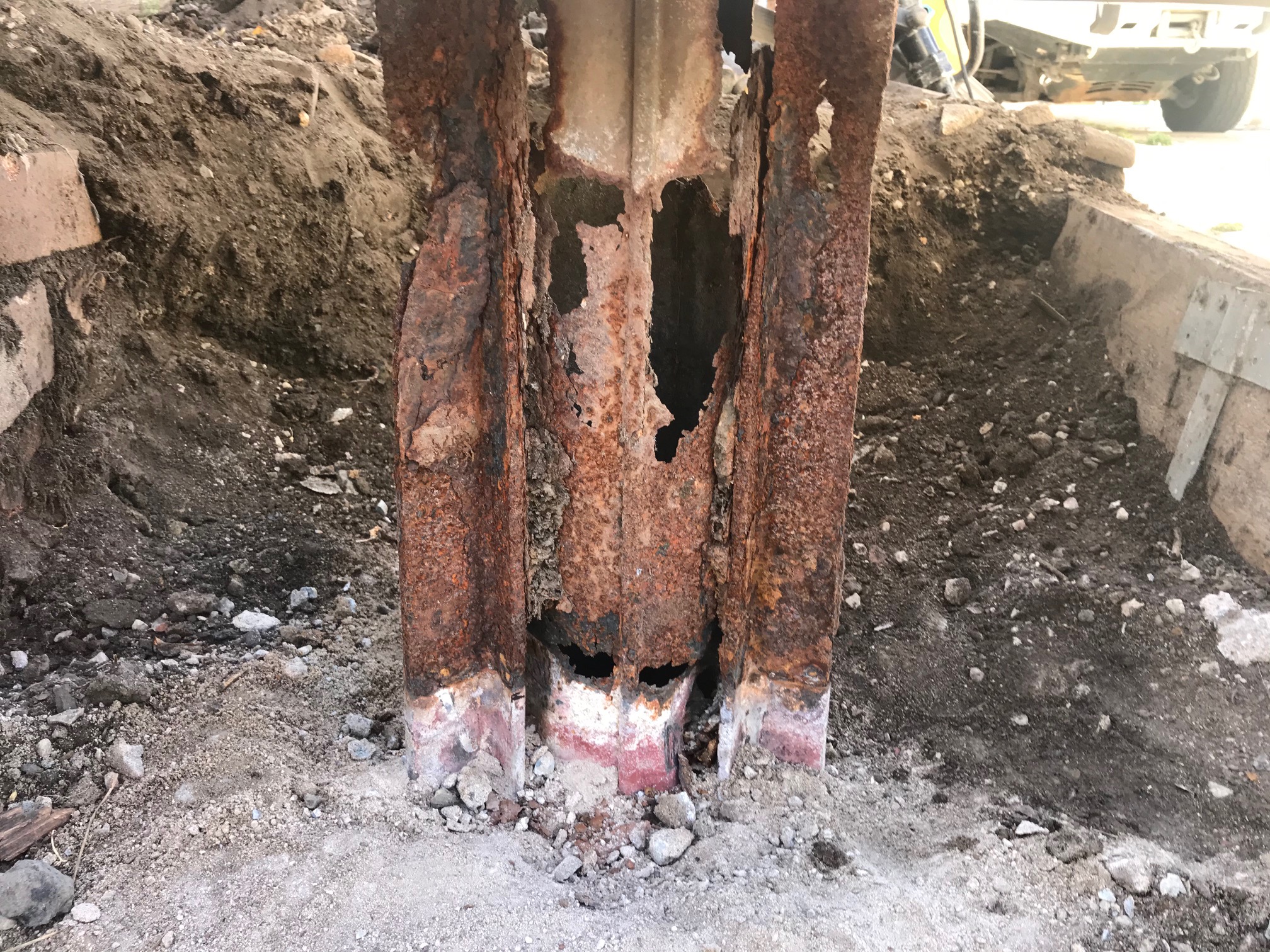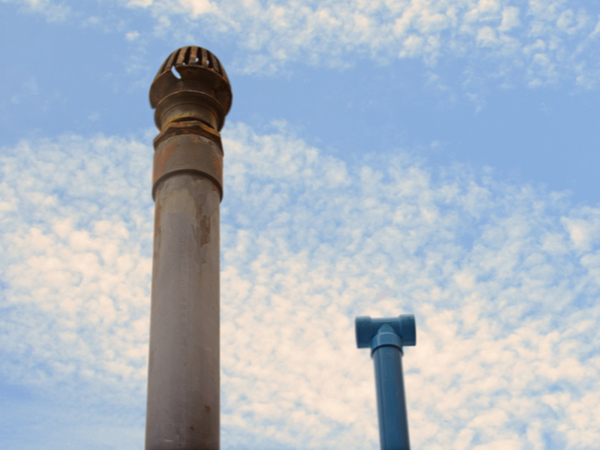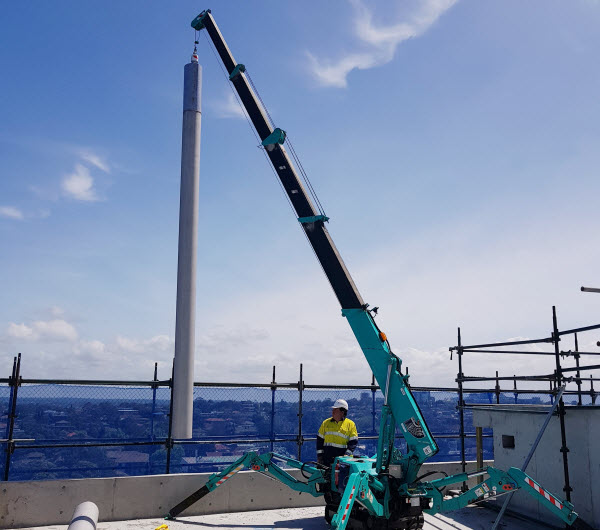
SVSR knows sewer vents. We design, fabricate and install vent shafts and vent cowls. And we’ve worked with Sydney water and regional councils for years to check and maintain sewer vent condition. As part of our work we commonly encounter sewer vents in a critical state – and this was the case recently with an assessment of vent shafts for Lithgow City Council.
As Duncan Reynolds, Research and Development Manager for SVSR, observes, “New South Wales alone has more than 15,000 sewer vent pipes and chimneys. And due to their age, the vent shafts in Lithgow are typical of thousands of shafts around the state.”
Here’s what we discovered in Lithgow, how we helped – and why now is the perfect time to check your own ageing vent shafts.

The state of sewer vents
Sewer vent cowls and shafts play a key role in wastewater networks by providing adequate ventilation. Many sewer vents in Australia are now nearing 80, 90 or even 100 years old, so structural failure is common.
One of the critical issues with sewer vent failures is the repercussions if left unchecked. Toxic gases produced in sewer pipelines can form acids which lead to corrosion. This corrosion may lead to leaks or even major disruptions of the sewer system.
The possibility of vent shaft collapse due to internal damage also means they pose a significant risk to people and property.
As we’ve recently reported, one of the main issues with sewer vents is that damage is frequently internal, so hidden from view. With no visible signs, the damage may lie hidden for years.

The Lithgow project
As part of an ongoing maintenance project, SVSR is assessing and replacing ageing Lithgow City Council sewer vents.
“We are in the process of replacing them all,” advises Duncan.
“We’ve been averaging three to four replacements per year, but it can go up to six, depending on council budget.
One of the big problems is that council obviously can’t see what state the sewer vents are in as these are very tall, very narrow structures – and the damage tends to be on the inside. On inspection, we’re finding they are normally blocked due to leaves, debris… sometimes dead birds. And many are in terrible condition.
Our most recent assessment found a shaft that had severe internal rusting. It likely would have fallen over without our intervention. We very rarely remove something that doesn’t need to be removed, but in this case, it was a certainty.”

Corrosion and infrastructure
The Australasian Corrosion Association Inc. (ACA) is a member-based association with a focus on sustainable and cost-effective corrosion management to ensure the health and safety of the community, and environmental protection.
It estimates the economic impact of corrosion on infrastructure is 3-5% of GDP each year, representing billions of dollars to the Australian and New Zealand economies.
This includes physical effects on sewerage collection pipework and related assets… and intangible costs, including disruptions due to flooding, road closures and loss of trade.
According to the ACA, “In addition to the pipelines and treatment facilities, there are many other assets such as manholes, sewer vents, tanks, reservoirs and pumping stations associated with water and sewerage systems which also have costs associated with corrosion. These costs can be high, especially where repairs and recoating of steel water tanks and other complex steel structures are required.”

From ineffectual to efficient
The SVSR replacement process takes just three to four weeks. “We do the initial inspection and provide recommendations to council,” says Duncan. “We then fabricate a new shaft to the specific dimensions. We manufacture the new pipes and vent cowls. We dismantle and remove the old shaft, install the new one and pour concrete for surrounds.”
The most recent vent shaft replacement is typical of ageing shaft condition – and the replacement process.
“It illustrates really well the typical damage that is hidden from view,” explains Duncan. “And it clearly shows why it’s so important to maintain these assets and schedule inspections.
If you aren’t doing that it’s going to cost you money in other ways – in terms of safety, or with ineffectual operation.” When a shaft is blocked or damaged, it is often unable to perform its primary function of safely removing gases from wastewater networks.

Moving forward
SVSR is the leader in the design, construction and installation of sewer ventilation systems – and we’re looking to retain this position into the future with ongoing research and development.
While sewer vent shafts are currently the smartest solution, we’re also looking at innovative options into the future including our sustainable odour control project.
Inspection of older vent shafts is imperative to ensure safety and the integrity of your asset.
Contact us if you would like to schedule an inspection of your sewer vents – or to discuss our maintenance-free and sustainable vent shaft options.

